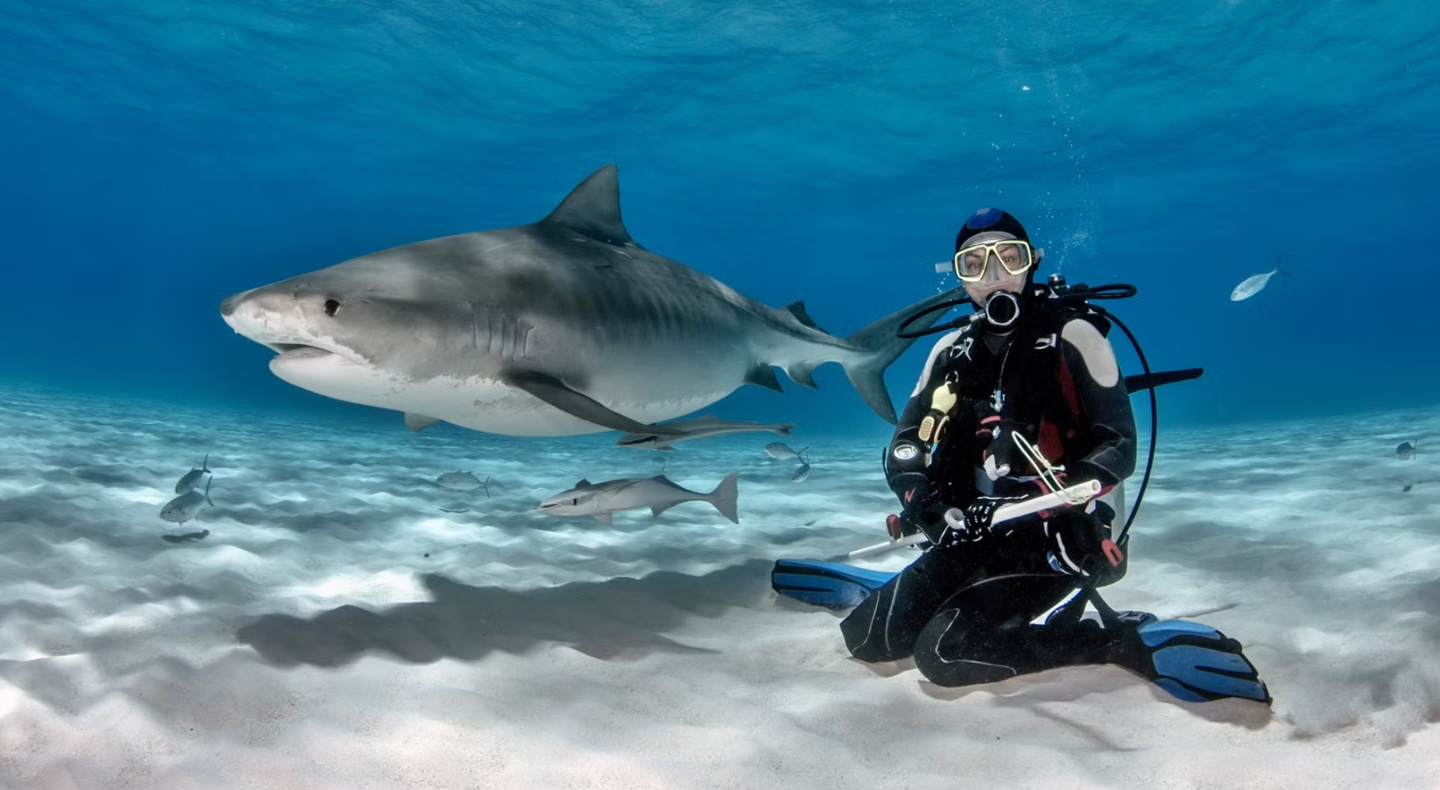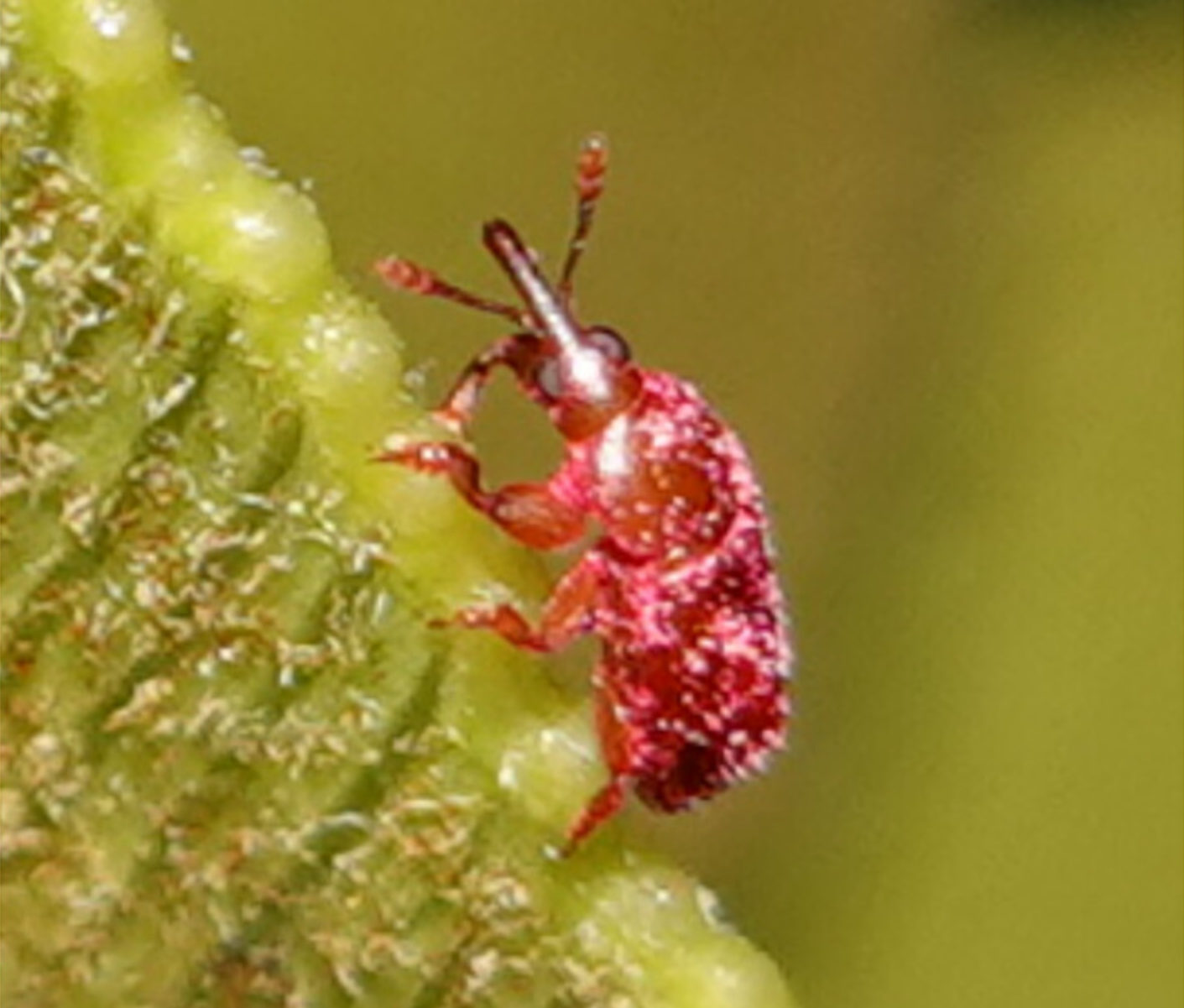Australian scientists reveal the best shark bite prevention strategies
New science-based framework shows non-lethal shark mitigation strategies better protect both humans and marine life.

Scientists reveal a smart decision-making framework that favors non-lethal, eco-friendly prevention methods. (CREDIT: CC BY-SA 4.0)
As coastal areas become more crowded with human activity, conflicts with wildlife are also on the rise. One growing concern is the interaction between humans and sharks, especially along popular coastlines like Queensland’s Gold Coast. Although the odds of being bitten by a shark are very low, such events often get widespread media coverage. This can lead to public fear and pressure on governments to take action, even if the risk remains small.
In the past, local authorities often turned to lethal measures like nets and drumlines to prevent shark bites. These methods aimed to reduce the number of sharks near beaches but brought unintended harm to other marine species, including endangered ones. While such approaches remain in place in parts of Australia, South Africa, and Réunion, they have sparked growing public debate. Many now question both their effectiveness and environmental impact.
A Shift Toward Safer, Smarter Solutions
Growing environmental awareness has encouraged researchers and policymakers to explore safer, more sustainable alternatives. In response, a team from Flinders University, The University of Queensland, and government agencies created a new decision-making framework. This tool helps compare shark-bite prevention strategies by looking at how well they perform across social, economic, and ecological factors.
The team tested the framework using the Gold Coast as a case study. They evaluated 15 different options, ranging from lethal techniques like nets to non-lethal solutions such as drones, electronic deterrents, and public education. Their findings showed that non-lethal strategies better matched the values that stakeholders—governments, surfers, beachgoers, and environmentalists—care about most: human safety and biodiversity protection.
Professor Charlie Huveneers, co-author and leader of the Southern Shark Ecology Group at Flinders University, explained the flexible nature of the framework. “It’s designed to be adaptable across various coastal environments, including murky, enclosed bays to clear, dynamic surf beaches,” he said. “And it can accommodate new technologies or changing needs over time.”
Comparing Tools in the Shark Safety Toolbox
Different shark mitigation tools come with unique strengths and weaknesses. Some, like physical barriers, work well in calm waters but fail in surf-heavy zones like the Gold Coast. Drones are popular and effective for shark spotting and offer a cost-efficient way to monitor beaches. Personal electric deterrents show promise, but many beachgoers remain unfamiliar with how they work.
Related Stories
- The disappearance of great white sharks has scientists concerned
- Secrets of the Greenland Shark’s Longevity Revealed in New Study
- The gigantic Megalodon shark was much larger than previously thought
SMART drumlines—short for Shark-Management-Alert-in-Real-Time—are non-lethal devices that alert responders when a shark is caught. They’ve shown reduced harm to sharks and bycatch but raise concerns about bait attracting more sharks and how quickly teams respond. Tagging and acoustic receivers allow for real-time tracking, yet depend on sharks already being tagged and a wide network of detection stations.
Other tools include sonar systems and listening stations. While sonar has limitations in accuracy and coverage, it may become more useful as the technology improves. Behavioral interventions—like avoiding swimming during high-risk times or reducing splashing—are strongly supported. They focus on changing human habits rather than targeting sharks, making them an important part of the broader strategy.
Michelle Henriksen, the study’s lead author, emphasized how the framework helps identify which options work best under different conditions. “Results reiterated the societal shift towards non-lethal measures,” she said. “They also highlighted which mitigation measures or performance criteria lacked information, helping to identify knowledge gaps and research needs.”
Framework for Better Decisions
The framework used in this study is part of a growing approach known as multi-objective decision analysis. This method helps decision-makers balance various concerns, from financial costs and mental health to loss of life and tourism impacts. It also encourages more transparent and inclusive decision-making by including stakeholder values from the start.
In the case of shark mitigation, stakeholders often include government agencies, local businesses, conservationists, and everyday beachgoers. Each group brings different views to the table, and not all solutions will satisfy everyone. The value of the framework is its ability to weigh competing priorities and highlight the trade-offs involved in each option.
The researchers created 12 criteria for comparing different shark prevention measures. These included technical effectiveness, ecological impact, economic feasibility, and social acceptability. Using expert input, they scored each method and found that non-lethal approaches usually outperformed lethal ones on most metrics.
Matching Solutions to Situations
No single tool works in every situation. That’s why the study recommends combining multiple strategies tailored to local conditions. For example, physical barriers might suit quiet bays, while drones and SMART drumlines work better in surf areas. Education campaigns and behavior change efforts can be rolled out across all settings to enhance public awareness and reduce risky behaviors.
Western Australia has already started offering rebates for approved personal deterrents, encouraging beachgoers to take some responsibility for their own safety. At the same time, Queensland and New South Wales have expanded their non-lethal programs with drone surveillance, tagging, and public outreach campaigns. These steps reflect a growing commitment to finding solutions that protect both people and marine life.
Beyond shark-human interactions, the same type of framework could be applied to other wildlife conflicts. Whether it’s elephants damaging crops or wolves threatening livestock, the approach allows for more thoughtful planning that respects both human needs and animal welfare.
Henriksen said this approach helps communities make informed choices and supports longer-term coexistence. “By assessing the effectiveness of non-lethal mitigation, we’ve reflected community sentiment on the importance of introducing new methods that protect both sharks and beachgoers.”
As oceans warm and coastal populations grow, human-shark interactions will likely remain in the spotlight. The goal now is to manage those interactions with tools and policies that are smart, adaptable, and fair to all.
Research findings are available online in the journal British Ecological Society.
Note: The article above provided above by The Brighter Side of News.
Like these kind of feel good stories? Get The Brighter Side of News' newsletter.



